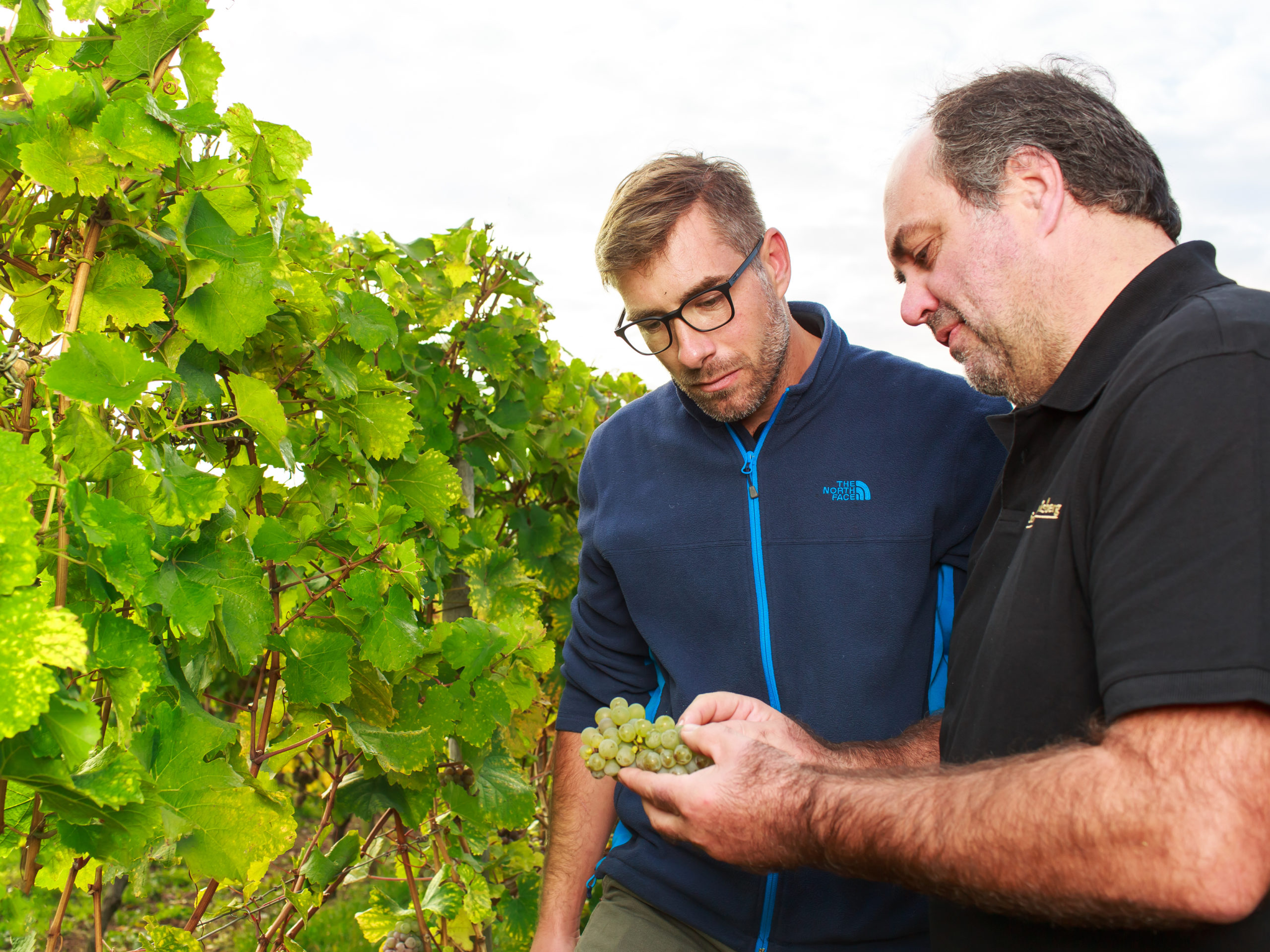
The wine year 2021 at Schloss Johannisberg
The start to 2021 was very wet, under normal temperature conditions. We had very cold weather from 7 to 16 February, with low temperatures between -9°C and -11°C. This cold spell was followed by a first taste of spring. At the end of February, temperatures climbed to over 20°C. March was constantly at a rather average level, followed by a clearly supercooled April and May. This had a noticeable effect on vine development.
As a result, there was no early sprouting as in recent years. It did not start until the end of April, slightly behind the long-term average and about 2 weeks later than 2020. The risk and fear of late frosts were thus avoided. The following temperatures in May remained supercooled and the vegetation residue increased again.
In June, summer finally came to the Rheingau and the temperatures rose to midsummer values, initially with unstable weather and sometimes violent shower events. Only the second half of the month brought dry summer weather. But this should remain the only dry-hot phase of this summer. This warm phase caused the vines to sprout at a record pace. You could literally watch the vines grow.
At the time of vine flowering, optimal conditions prevailed and laid the foundation for a good harvest in terms of quantity. From the end of June to the end of August, mixed and often supercooled weather with little sun dominated. In addition, there was repeated precipitation, which required the utmost caution in the planning of plant protection. There were permanently optimal infection conditions for downy mildew (Peronospora). Short intervals between the plant protection measures had to be observed.
September then brought the wine-growing year to a conciliatory end. The warm, above-average sunny and low-precipitation weather favoured the ripening process. However, the vegetation residue could no longer be made up and a late harvest became apparent. The main focus was on maintaining the health of the grapes, which became very large and compact due to the high rainfall.
With the start of reading at the beginning of October, autumnal cool and partly unstable weather set in, which made a quick harvest necessary. Speculation and waiting were out of the question. Thanks to an outstanding commitment from our reading team, we were able to harvest great qualities despite difficult conditions, through selection, and bring a pleasing amount to the cellar.
In conclusion, it can be said that three very dry years were followed by a “normal” wine year.

